Softball, like baseball, involves using a bat and a ball, and its rules are remarkably similar. Although similar to baseball in many ways, there are considerable differences between the two in field size, equipment, and pitch ball pace and size.
Contrary to baseball pitchers, the pitcher throws the ball underhand in softball. Softball players benefit from the sport’s physical nature, which helps them maintain or improve their fitness levels.
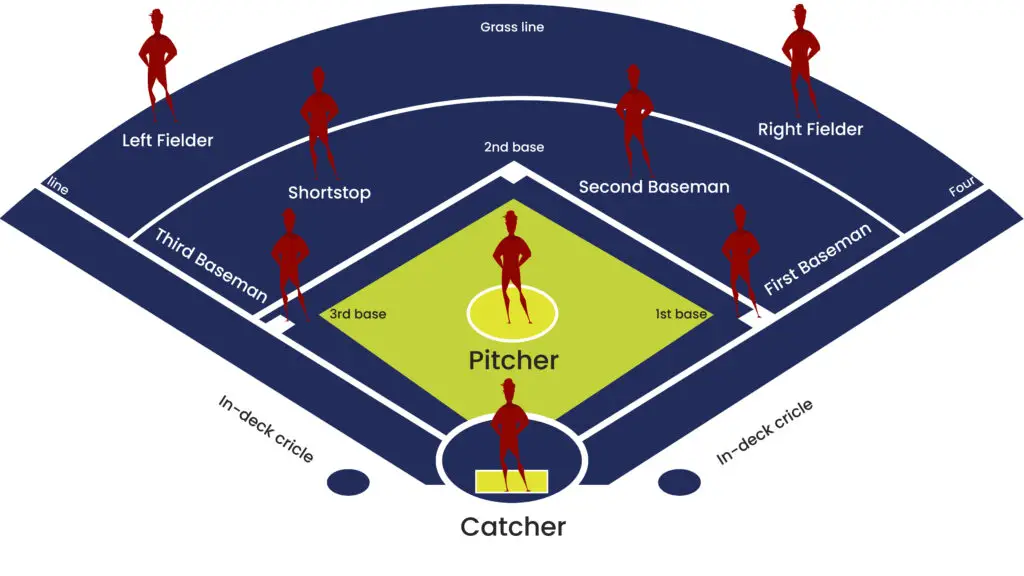
Traditionally, a full softball team will consist of 9 players. Each player plays a designated role according to their position on the field. Therefore, you may want to conclude that there are 18 players in a softball game (No metal spikes are allowed)
However, that is in the case of fastpitch softball, which is played professionally. There is also the slow pitch softball, played just for recreational purposes, and in this instance, you will find 10 players from each team.
Meanwhile, in a college softball league game, a minimum of eight players may be allowed from each team.
Therefore, the number of players in the game may vary according to the purpose for which the game is played or the softball rules guiding the particular game.
Slow pitch teams are normally permitted to field 10 players, whereas fastpitch only permits nine. In slow pitch, the extra player may play “short outfield” (also known as “rover”) behind second base at the edge of the infield (known as a “pivot”) or as a fourth outfielder.
After all 7 innings have been played, a winner will be determined. A winner will be decided after 7 innings for the team that has scored the most runs. The game will go into extra innings if it is still tied after seven innings.
Moreover, the following are the players in a softball game line-up. They all play distinctive roles.
Pitcher
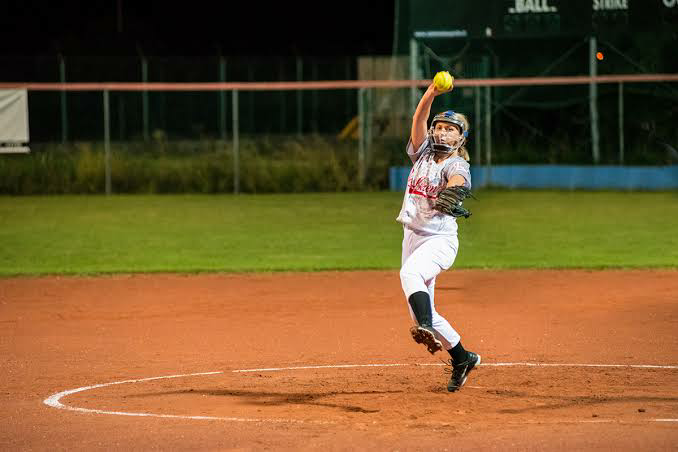
The pitcher is pertinent to a softball team’s success, as the game’s pace depends on him. From the pitcher’s mound, a pitcher throws the ball for the game to start upon hearing the batting order from the plate umpire.
A batter who reaches first base and suffers an injury may request pinch runners. The pinch runner shall be the final out in the batting order of the same gender as the requesting player.
However, this is easier to say than do because it requires a high level of skill and technicality.
Therefore, a pitcher must be mentally sound and can couple himself back quickly when he makes a failed pitched ball before the home team bats.
He would also possess good pressure management ability. More so, a pitcher must make excellent athletic deliveries.
To make great pitches, a pitcher’s hand has to be considerably extended, and his shoulders should be wide. Being flexible physically also aids the windmill mechanics of the pitcher when he needs to rotate on an axis to make a pitch.
Catcher
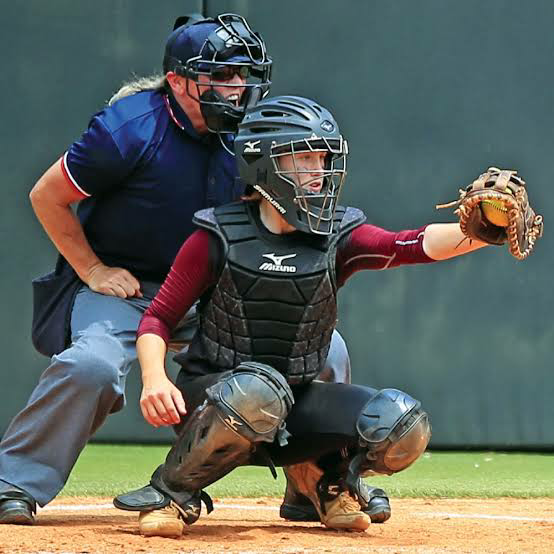
The catcher is also critical to a softball team and must possess excellent mental and physical capability. It is his responsibility to control and protect the pitcher. In softball, the catcher stands behind home plate and is responsible for snagging each pitch the pitcher makes.
In addition to fielding pop flies in foul ball territory and throwing out runners attempting to steal, the catcher is responsible for protecting home plate when the other team’s runner is in scoring position.
The catcher’s ability to communicate with the pitcher is crucial because they use signals to determine which pitch will be thrown. The batter does not get out unless it is the third strike or the ball is caught over the batter’s head.
Therefore, it may not be enough that he is physically and mentally capable; he would also have to make quick and genuine decisions with these capabilities.
To make a good catcher, a player needs strong and skillful hands to receive powerful shots from opponents. His legs would also have to be powerful to stand strong to offer the pitcher a good cover.
Overly, a catcher has to be robust and agile. He can be slim, and being tall is an added advantage. The ability to hit the ball skillfully is also an additional feature of a catcher.
First Baseman
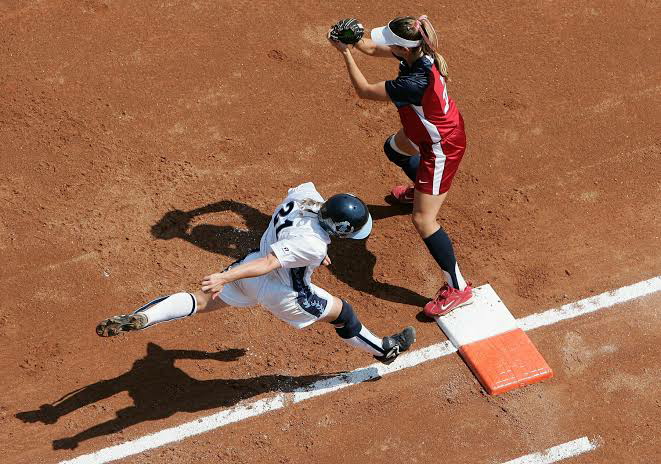
There are several approaches to achieving an exit from a defensive standpoint. The first, second, and third basemen aim to accumulate outs against the batting team. The pitcher may induce a strikeout by throwing three pitches that the batter swings at but does not connect with.
The first baseman’s major task is to cover first base because a ground ball hit in the infield is often tossed to first base.
The first baseman operates the first base on the field by the right side of the pitcher. This relatively reduces his speeding ability. He is the biggest power hitter of a softball team and may have to be plumy.
However, the first baseman does not need to move around or make long throws. He creates powerful hits and has to pick up the bad throws. More so, he needs to be instinctive and possess good reflexes to read the fast batted ball hit by the opponents.
A team with a lefthanded first baseman is a step ahead, considering the position he plays from. He has to be tall, powerful, and giant to a relative extent. He must also possess excellent skills and techniques in powerful hitting and picking up bad throws.
Second Baseman
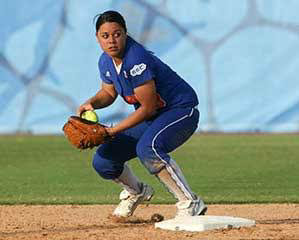
Unlike the first baseman, the second baseman does not have to be significant. He offers the team protection from the defensive side. Moreover, considering his size and role, his arms are not necessarily powerful.
The second baseman has to be agile and quick to detect the attacking tactics and movements of the opponents. More so, he does not hit the ball for power but needs to be great at hitting for contact. He recovers the ball in his base and passes it to the pitcher to fire the opponent.
Considering his position on the field, a second baseman is better righthanded. He needs to be a fast player with high intelligence to make good decisions quickly in the basepaths.
Third Baseman
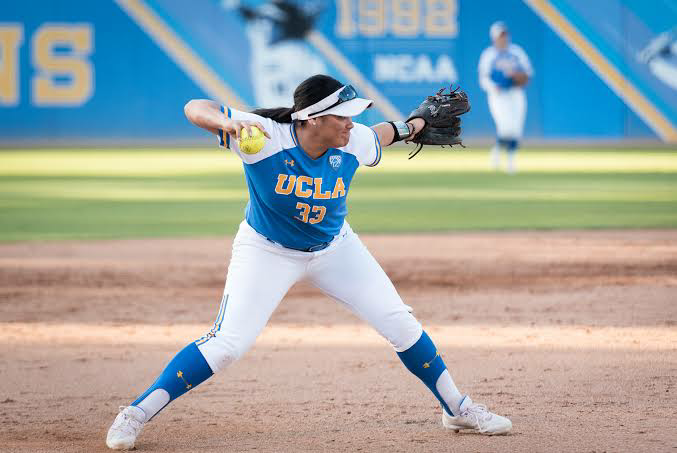
Like the first baseman, the third baseman can also be big. Therefore, he does not make much movement on the field but provides long throws with his big, powerful arms. The third baseman plays offensively and hits for power. However, he has to be a great fielder who can make powerful throws.
The third baseman has to be confident enough to face line drives from the opponents as they come with power and speed. He also needs to be a good designated hitter on the team and even a pinch hitter. He would as well possess an average fielding range.
Although he could be big, he has to be quick in movement and have good footwork. He needs a good reflex to coordinate his hand and eyes while catching shots from the opponents. His throws also are not enough to be powerful but accurate.
Shortstop

In professional, college, or recreational softball games, shortstop is the most important and perhaps the most challenging role to play in a softball game. He is positioned between the second and third basemen. He has a lot to do in the game: catching and fielding.
Therefore, for such a big task, a shortstop must be handy with gloves, agile, and must possess powerful and skillful arms. He also needs to be able to envision the whole fielding team and understand where to move and the movement of others as well.
One may want to say a shortstop does not need to have good hitting skills to be a defensive player. However, it is becoming essential, especially at the MLB level, that a shortstop also possesses skillful hitting ability. Generally, he must be very mentally sound and be able to lead the team.
A shortstop must be tall, strong, fast, and flexible. He has to be slim but powerful enough to be an all-rounder on the pitch.
Left Fielder
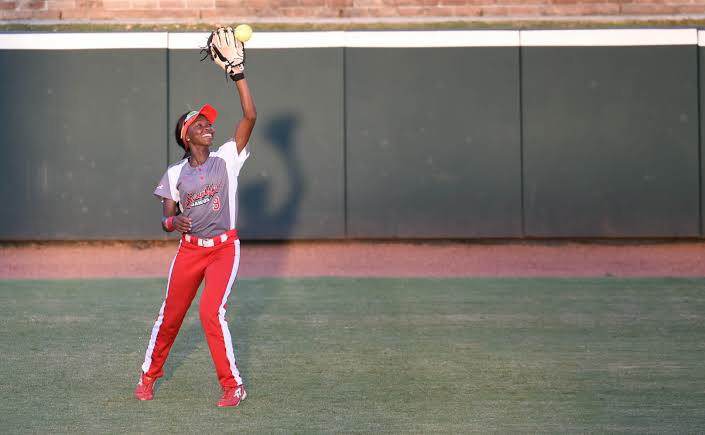
A left fielder requires good speed on the field, and he needs to possess good fielding techniques.
He is also required to be a significant contributor at the home plate.
However, he does not necessarily need a strong arm because long throws are not expected from him, but he has to magnify the use of the strike zone.
Moreover, he is an outfield defender who is expected to make good runs and have nice gloves. He also needs to make strong bats at the home plate as he is one of the genuine hitters for the team.
A left fielder could be slightly plumy, but he must be a great runner. Having a reasonable height is also crucial to a left fielder.
Center Fielder

A center fielder needs to be able to study fly ball when a batter hits the ball and has to be very fast as there is a lot of ground to cover.
Hence, it is considered the most difficult outfield position. Good speed allows a center fielder to make powerful slap hitters.
The Center fielder also has to be a good hitter at the plate. Therefore, having powerful arms is a requirement for him. He needs to be good at calculating fly balls and tracking them down. He should also possess the ability to play as a slap hitter.
A center fielder does not necessarily have to be tall, but he needs to be slim to enhance his speed. Generally, he has many responsibilities to perform toward the team’s success.
Right Fielder
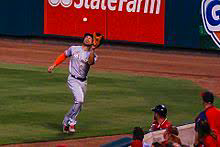
A right fielder must make long throws from his position to the third base. Therefore, having powerful arms is very important to him. Right fielders are often known for powerful arms.
He needs to possess an average speeding ability. A right fielder usually makes fewer throws because not many fly balls hit are direct to him. He could be tall, and he needs to possess robust body features.
Moreover, aside from the above-listed players, there are also some other players in softball. However, they have no particular position as they often come in to replace another player. They include pinch hitters and designated hitters.
Positions in Softball FAQ
What is the most difficult softball position to play?
Playing shortstop, center field, catcher, or pitcher are all crucial roles that call for high levels of talent, athleticism, and mental toughness. The other jobs are similar in requirements but less strenuous.
Which softball position calls for the strongest throwing arm?
With the exception of the pitcher, the team’s third baseman or right fielder will often have the strongest arm. The right fielder is usually cited as the most likely candidate due to the fact that they have the longest throw to third base. Though they still could have the strongest arm on the squad, the shortstop and third baseman both have excellent strength in their throwing arms. E
Which position player is the fastest?
The center fielder is usually responsible for chasing down fly balls in both outfield corners. The quickest players on a fastpitch softball team are often the corner outfielders, shortstop, and second baseman.
